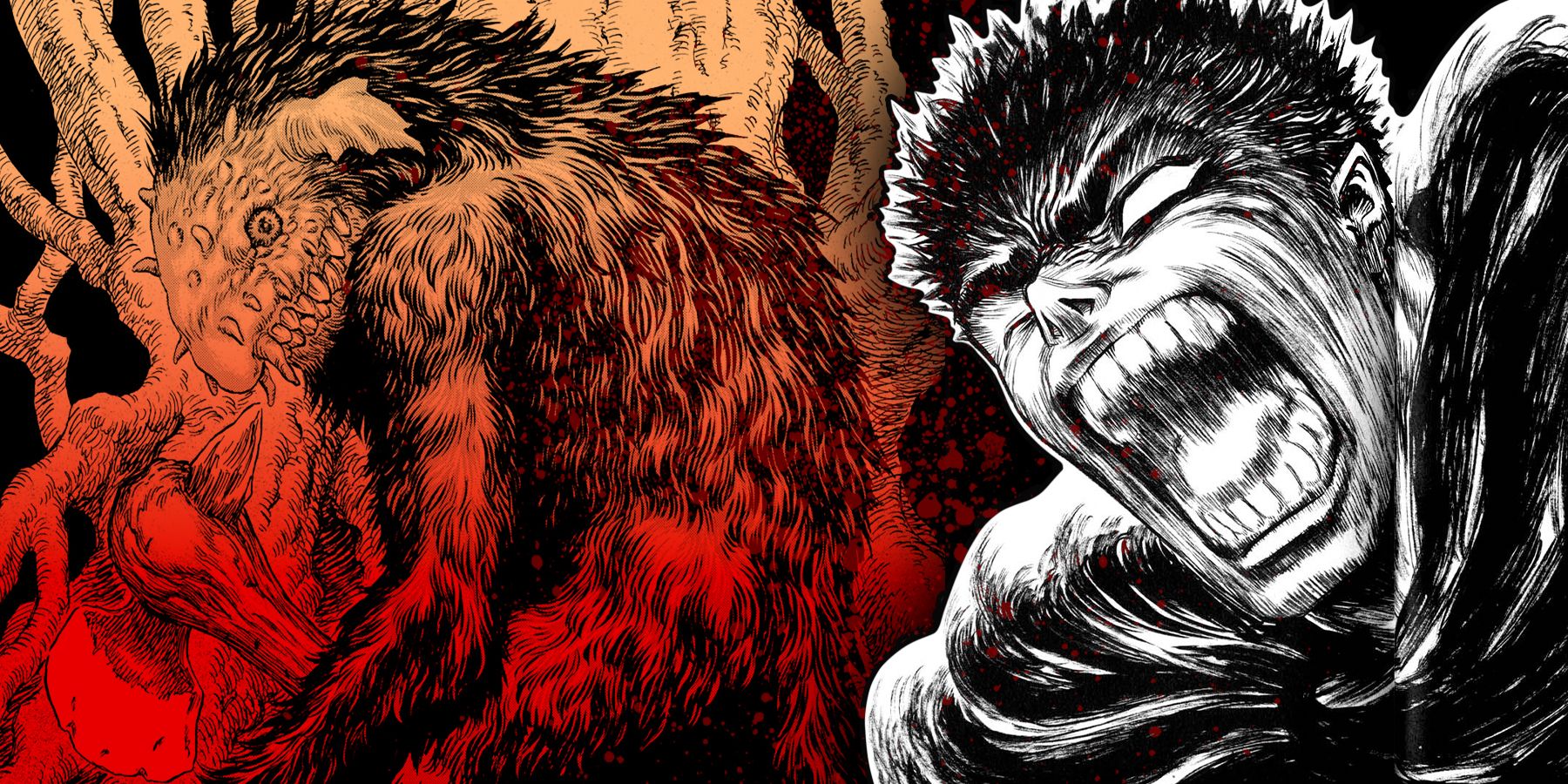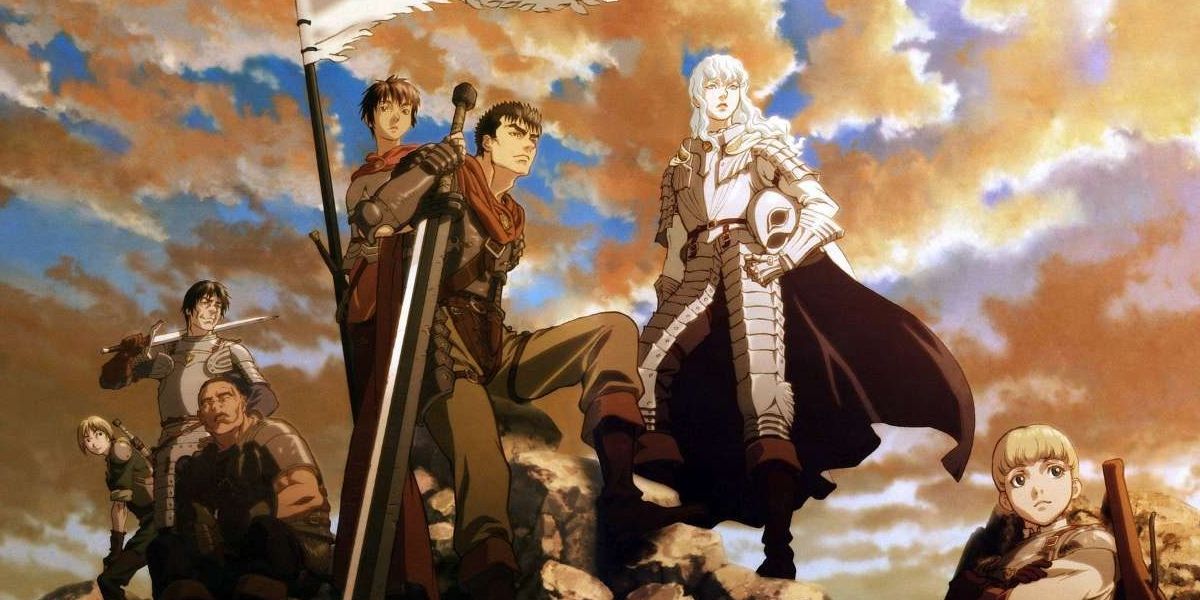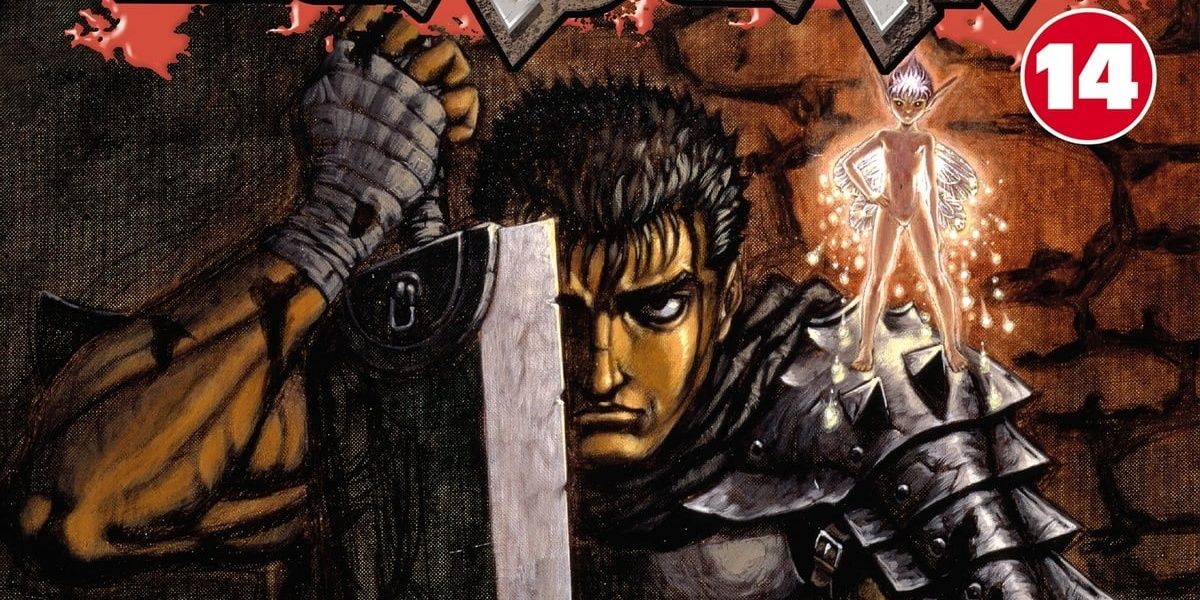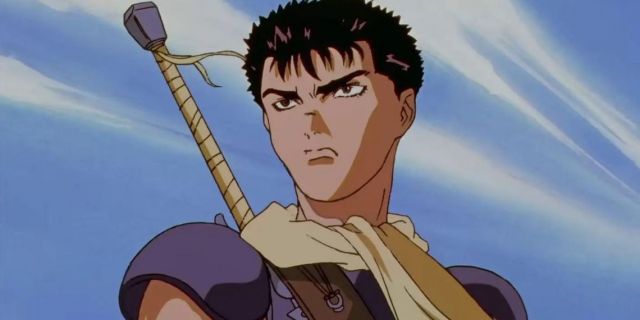While certain Japanese manga/anime franchises predate many of today’s young anime enthusiasts, this fact doesn’t imply that these youths have missed out on the enduring classics from the 1980s and 1990s. Timeless gems from the past aren’t all shrouded in obscurity or outdated styles—Kentaro Miura’s Berserk, for instance, remains as vibrant and captivating as ever. The younger generation is wholeheartedly invited to join the ranks of Berserk’s steadfast fanbase whenever they choose.
The late Kentaro Miura dedicated years to crafting his magnum opus, commencing in 1989, with the intent of delivering the utmost entertainment to fantasy-loving seinen fans. Over time, Berserk has evolved into a seinen hallmark and a global phenomenon. It boasts a cherished manga series, a handful of anime adaptations, video games, collectible figurines of considerable value, and more. Novice enthusiasts are encouraged to plunge into the enigmatic and enthralling realm of Berserk in whichever manner aligns with their comfort.
What to Know About Berserk’s Plot & Themes

Berserk unfolds as a dark fantasy manga/anime franchise that immerses itself within an intricate fictional realm encompassing kingdoms, cities, castles, and nefarious armies—a departure from the historical context of series like Vinland Saga and Kingdom. Yet, Berserk’s renown doesn’t stem from aspiring to mimic Tolkien’s works. Rather, it emerges as a character-driven narrative that elevates drama, heartache, treachery, tenacious hope, and romance to the forefront. Beyond its grandiose medieval battles and monstrous assaults, numerous scenes pivot around dialogue and profound, nuanced emotions that propel the storyline. Remarkably, Kentaro Miura drew inspiration from the shojo demographic to underpin Berserk’s core themes and character-driven drama. At its core, Berserk weaves a tale of love, redemption, and loss—beyond the facade of a mere fantasy war epic.
These elements synergize to craft a riveting narrative in Berserk, although the initial story arc—the Black Swordsman arc—only grazes upon them. This introductory arc introduces the gritty antihero Guts, a formidable mercenary wielding the colossal Dragon Slayer sword. Subsequently, Berserk introduces additional pivotal figures in the iconic Golden Age story arc. Ambitious mercenary leader Griffith and the determined female knight Casca join forces with Guts to form Berserk’s central trio.
Together, they traverse war, love, heartache, betrayal, and more—both united and impacted by their shared experiences. These intimate themes sustain the extraordinary trajectory of Berserk’s narrative, as the story progresses through the Conviction arc, the expansive Falcon of the Millennium Empire arc, and the ongoing Fantasia arc. Presently, the series’ recent chapters emphasize character-driven drama and the central love triangle, diverging from Tolkien-esque fantasy and epic war panoramas. The narrative remains faithful to the essence that solidified Berserk as a staple within the seinen genre. Along this journey, readers and viewers bear witness to an expansive war, intricate medieval politics, and the chilling yet captivating ascent of Griffith—from a mercenary commander to a figure of unparalleled influence. Throughout this odyssey, protagonist Guts bears the demonic Brand of Sacrifice upon his neck, drawing nightmarish Apostles to him each night. This horrific challenge further complicates his quest for genuine happiness.
Who Should Read Or Watch Berserk?

Naturally, Berserk holds undeniable allure for aficionados of popular culture who revel in sweeping epic fantasies akin to Game of Thrones, The Lord of the Rings, and The Witcher. Its landscape is replete with swords, sorcery, and a plethora of chilling monsters, and more. However, immersing oneself in Berserk requires more than casual engagement, as two significant considerations must be heeded by new enthusiasts venturing into Kentaro Miura’s masterpiece.
Primarily, Berserk’s appeal extends beyond admirers of dark fantasy action; it resonates with devotees of character-driven dramas and intricate character studies. Despite its notoriety for graphic action sequences, Berserk transcends the realm of hack-and-slash escapades. The quintessential audience for Berserk comprises those who prioritize character exploration and aspire to delve into the poignant, compassionate, and uplifting depths of the human experience. At its core, Berserk delves into humanity’s rawest, most universally shared desires and fears. Many of its poignant moments center around these themes, rather than focusing solely on battling monstrous Apostles.
Secondly, Berserk is most gratifying for individuals with the fortitude to confront scenes that depict the darkest and most twisted facets of human existence. A valid reason exists for Berserk’s manga volumes to be encased in shrinkwrap—Kentaro Miura subjects his characters to excruciating torment, both physical and psychological, manifesting extreme trauma and its repercussions with explicit clarity. This sentiment holds true, to a certain extent, for the anime adaptations, which slightly soften the portrayal of these elements. Nevertheless, it’s particularly applicable to the manga, which spares no detail.
Berserk finds its ideal audience among readers who can withstand depictions of brutal trauma when substantiated by meaningful context—this series refrains from exploiting these elements for mere shock value. The portrayal of dark trauma and brutality within Berserk consistently serves a well-conceived purpose. Those who possess the courage to venture into the depths of fiction’s darkest recesses will be rewarded by narratives that resound with viewers and readers unafraid of exploring the murkiest aspects of human experience. Still, it’s advisable that only individuals equipped to navigate these themes embark on the journey into the Berserk manga or the anime adaptations.
Where to Read & Watch Berserk

Naturally, Berserk holds undeniable allure for aficionados of popular culture who revel in sweeping epic fantasies akin to Game of Thrones, The Lord of the Rings, and The Witcher. Its landscape is replete with swords, sorcery, and a plethora of chilling monsters, and more. However, immersing oneself in Berserk requires more than casual engagement, as two significant considerations must be heeded by new enthusiasts venturing into Kentaro Miura’s masterpiece.
Primarily, Berserk‘s appeal extends beyond admirers of dark fantasy action; it resonates with devotees of character-driven dramas and intricate character studies. Despite its notoriety for graphic action sequences, Berserk transcends the realm of hack-and-slash escapades. The quintessential audience for Berserk comprises those who prioritize character exploration and aspire to delve into the poignant, compassionate, and uplifting depths of the human experience. At its core, Berserk delves into humanity’s rawest, most universally shared desires and fears. Many of its poignant moments center around these themes, rather than focusing solely on battling monstrous Apostles.
Secondly, Berserk is most gratifying for individuals with the fortitude to confront scenes that depict the darkest and most twisted facets of human existence. A valid reason exists for Berserk’s manga volumes to be encased in shrinkwrap—Kentaro Miura subjects his characters to excruciating torment, both physical and psychological, manifesting extreme trauma and its repercussions with explicit clarity. This sentiment holds true, to a certain extent, for the anime adaptations, which slightly soften the portrayal of these elements. Nevertheless, it’s particularly applicable to the manga, which spares no detail.
Berserk finds its ideal audience among readers who can withstand depictions of brutal trauma when substantiated by meaningful context—this series refrains from exploiting these elements for mere shock value. The portrayal of dark trauma and brutality within Berserk consistently serves a well-conceived purpose. Those who possess the courage to venture into the depths of fiction’s darkest recesses will be rewarded by narratives that resound with viewers and readers unafraid of exploring the murkiest aspects of human experience. Still, it’s advisable that only individuals equipped to navigate these themes embark on the journey into the Berserk manga or the anime adaptations.















Leave a Reply